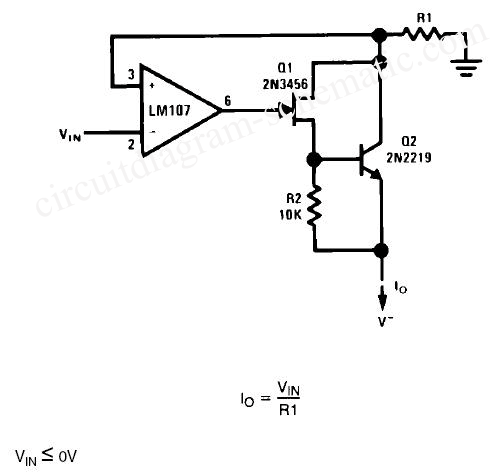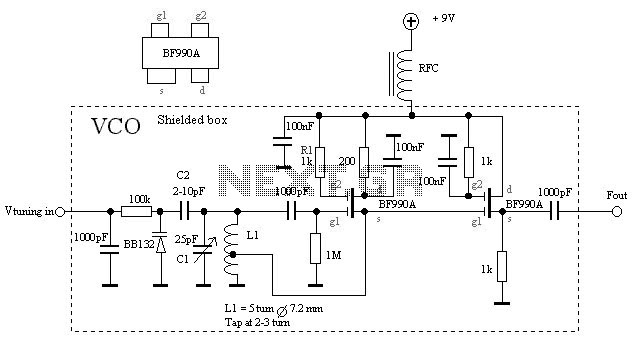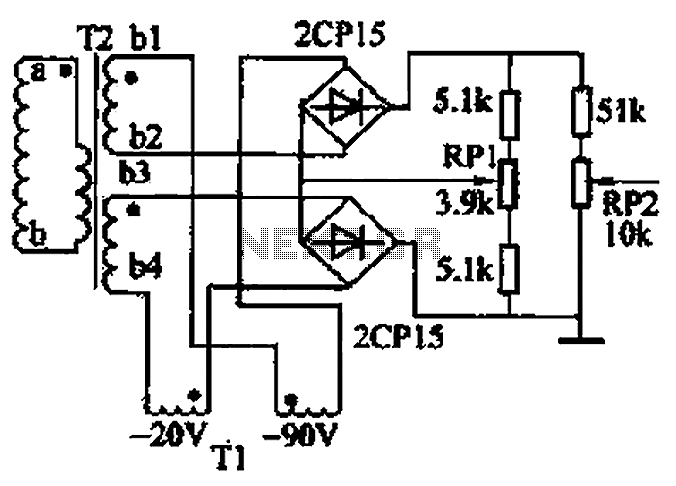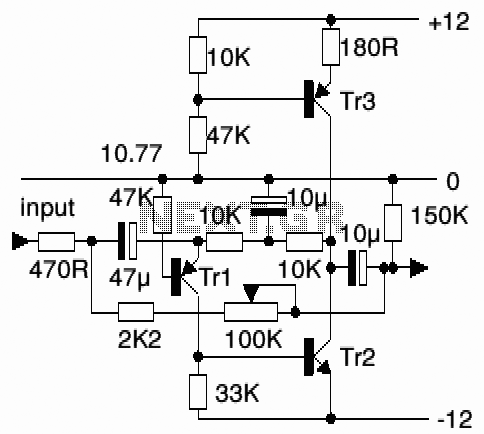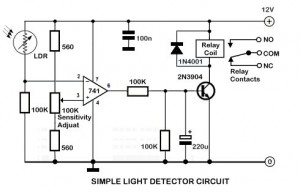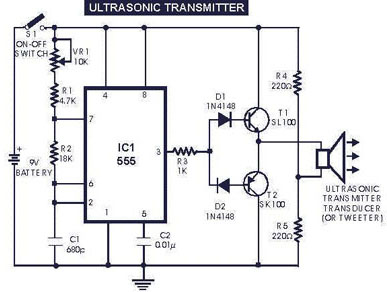
When use Voltage divider in circuit analysis
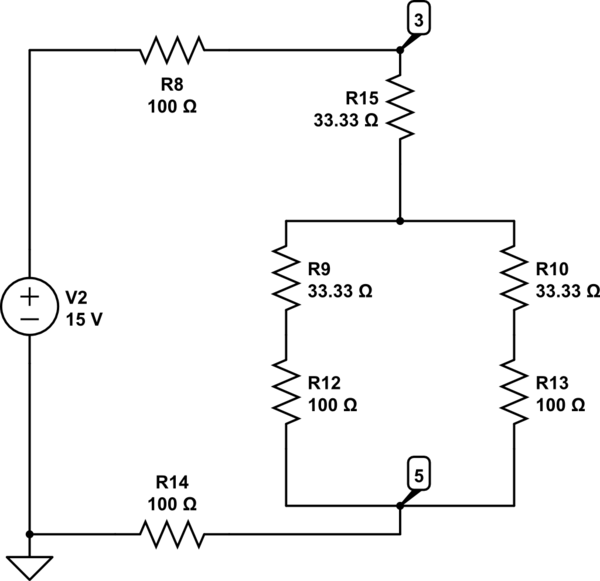
The Delta configuration of resistors R2, R3, and R4 is converted to a Wye (Y) configuration. This conversion is necessary because a voltage divider is typically employed in series circuits. The aim is to determine the total resistance in this scenario to calculate the output voltage, where \( V_{out} = V_{R2} \). An input voltage of \( V_{in} = 10V \) is utilized, but the total resistance value remains unclear.
In a circuit where resistors are connected in a Delta configuration, converting to a Wye configuration is often advantageous for simplifying calculations, particularly in series circuits. The conversion from Delta to Wye can be achieved using the following formulas:
\[
R_a = \frac{R_{12} R_{13}}{R_{12} + R_{13} + R_{23}}
\]
\[
R_b = \frac{R_{12} R_{23}}{R_{12} + R_{13} + R_{23}}
\]
\[
R_c = \frac{R_{13} R_{23}}{R_{12} + R_{13} + R_{23}}
\]
Where \( R_a, R_b, \) and \( R_c \) are the resistances in the Wye configuration corresponding to resistors \( R_{12}, R_{13}, \) and \( R_{23} \) in the Delta configuration.
Once the Wye resistances are calculated, the total resistance \( R_{total} \) in the series circuit can be determined by summing the individual resistances:
\[
R_{total} = R_a + R_b + R_c
\]
Using Ohm's Law, the output voltage across resistor \( R_2 \) can be calculated as follows:
\[
V_{out} = V_{in} \times \frac{R_2}{R_{total}}
\]
Given that \( V_{in} = 10V \), substituting the values will yield the desired output voltage. It is crucial to ensure that all resistances are in the same unit (ohms) for accurate calculations. The final output voltage can then be determined by plugging in the calculated resistances into the voltage divider formula.First I convert the Delta R2-R3-R4 to Y (wye), because the Voltage divider should be used in a series circuit so I tried to convert the delta to series, but that just work for find the total Resistance. so in this case $$V_{out} = V_{R_2}$$ I am using $$V_{in} = 10v$$, but I can`t figure out which should be the Total resistance in this case, I mean what is the value of
🔗 External reference
In a circuit where resistors are connected in a Delta configuration, converting to a Wye configuration is often advantageous for simplifying calculations, particularly in series circuits. The conversion from Delta to Wye can be achieved using the following formulas:
\[
R_a = \frac{R_{12} R_{13}}{R_{12} + R_{13} + R_{23}}
\]
\[
R_b = \frac{R_{12} R_{23}}{R_{12} + R_{13} + R_{23}}
\]
\[
R_c = \frac{R_{13} R_{23}}{R_{12} + R_{13} + R_{23}}
\]
Where \( R_a, R_b, \) and \( R_c \) are the resistances in the Wye configuration corresponding to resistors \( R_{12}, R_{13}, \) and \( R_{23} \) in the Delta configuration.
Once the Wye resistances are calculated, the total resistance \( R_{total} \) in the series circuit can be determined by summing the individual resistances:
\[
R_{total} = R_a + R_b + R_c
\]
Using Ohm's Law, the output voltage across resistor \( R_2 \) can be calculated as follows:
\[
V_{out} = V_{in} \times \frac{R_2}{R_{total}}
\]
Given that \( V_{in} = 10V \), substituting the values will yield the desired output voltage. It is crucial to ensure that all resistances are in the same unit (ohms) for accurate calculations. The final output voltage can then be determined by plugging in the calculated resistances into the voltage divider formula.First I convert the Delta R2-R3-R4 to Y (wye), because the Voltage divider should be used in a series circuit so I tried to convert the delta to series, but that just work for find the total Resistance. so in this case $$V_{out} = V_{R_2}$$ I am using $$V_{in} = 10v$$, but I can`t figure out which should be the Total resistance in this case, I mean what is the value of
🔗 External reference
